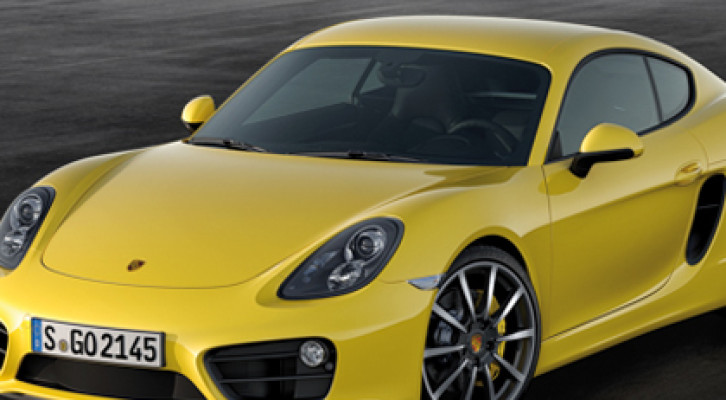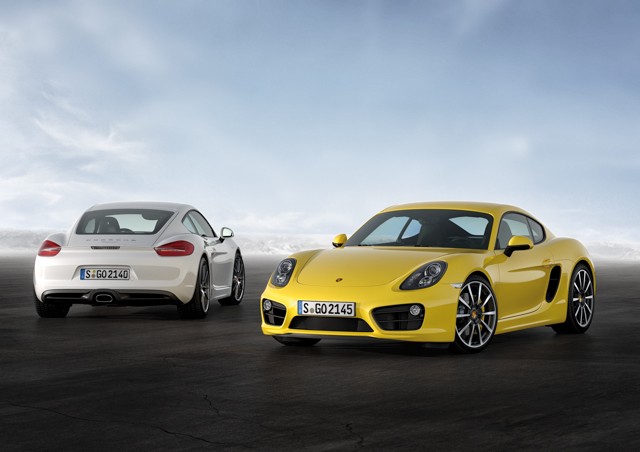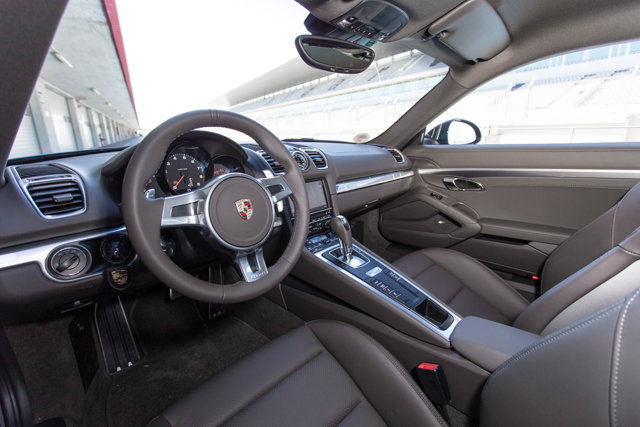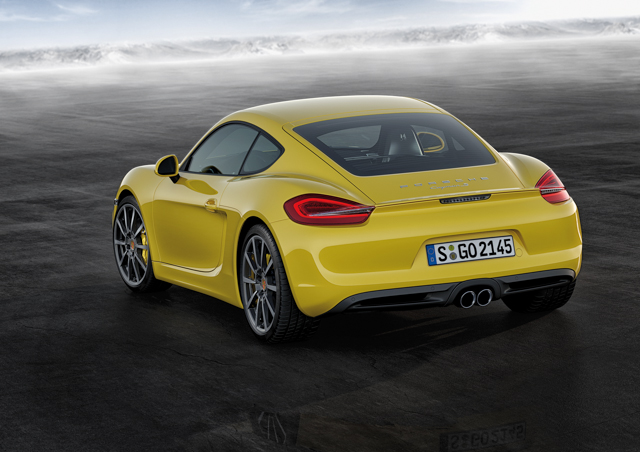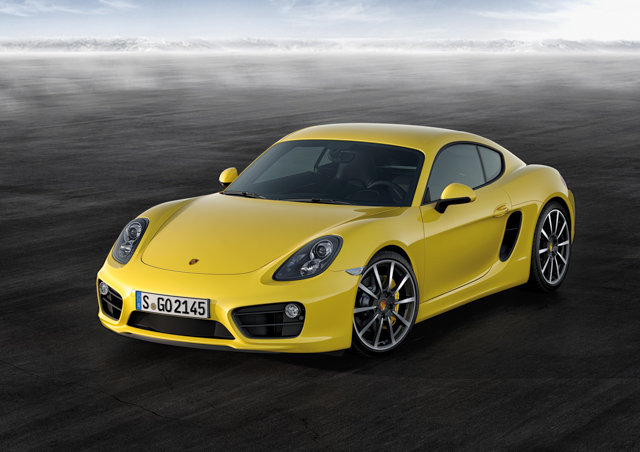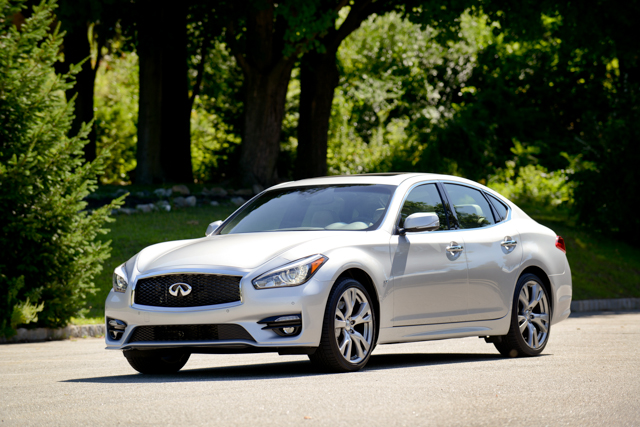Porsche’s junior sports car is all-new for 2014, and in true Porsche fashion, the Cayman has been updated without diluting its original intent.
Launched in 2006 as a smaller and lighter Porsche coupe, the Cayman’s basically a hardtop Boxster. Porsche’s aiming the Cayman at cars such as the BMW Z4, Mercedes SLK and Audi TT. That’s a crowded market, but the thing that’s always set the Cayman apart from the rest is its mid-engine layout.
This layout defines the car. Mid-engined sports cars are rare these days: Cars such as the Toyota MR2, Acura NSX and Pontiac Fiero are long gone, and you can’t get into a Ferrari for less than six figures any more. For mid-engine thrills at a relatively reasonable price, the Cayman and Boxster are your only choices. The chassis layout enables lightning-quick responsiveness and confident handling, thanks to the weight massed around the center of the car. Nothing beats the handling of a mid-engine sports car, and the sound of the engine right behind you is an amazing feeling. The Cayman waltzes through the curves effortlessly, in perfect harmony with the driver.
The Cayman’s styling also is dictated by the engine placement. Porsche’s familiar styling cues are in evidence, and the Cayman looks mean, sporty and sexy. The greenhouse has been extended toward the ends of the car front and rear, giving it a more sloped look, and the lower air intakes and center-mounted LED brake light are distinct from the Boxster’s styling, to give the Cayman additional visual distinction. The aerodynamically designed extending lip spoiler on the decklid rises at a steeper and higher angle than the Boxster’s, to account for the Cayman’s unique aerodynamics.
I drove the Cayman from Los Angeles to Las Vegas for the SEMA show this year, and the cockpit is a beautiful and comfortable place to spend the day. A large center console and high-mounted shifter provide a snug and intimate environment, while a wide range of two-color leather packages in lime gold, pebble gray or amber are in keeping with Porsche’s history of eccentric but elegant interior themes. A 4.6-inch multi-function display residing at the far right of the instrument panel is new, and provides a map display and other trip computer functions. In the center of the dash, a 7-inch touchscreen is the link to the audio and navigation systems. Adaptive Cruise Control is available for the first time, enabling the Cayman to follow traffic at a set speed and distance. Other options include keyless entry and a Burmester sound system developed specifically for the Cayman.
Under the long, aerodynamic hatch, the Cayman offers up to 15 cubic feet of cargo space.
The Cayman is available with a choice of flat-six engines. The base 2.7 liter six produces 275 horsepower, while the Cayman S gets a 325-horsepower 3.4 liter engine. Six-speed manual transmissions are standard with both, and the seven-speed PDK dual-clutch automatic is available. Direct fuel injection is new, and a start-stop system is included for in-town fuel savings. Additional efficiency boost comes from Porsche’s intelligent alternator, which charges the battery when there is less mechanical demand on the engine. On the freeway, the Cayman averaged 27 mpg in sixth gear. Somehow, though, 275 horsepower doesn’t have quite enough drama to justify the Cayman’s $52,000 base price, and certainly not at the $70,160 sticker price of my test car. Porsche claims a 5.4-second 0-60 time for the Cayman with the 2.7, but it doesn’t feel like it has the same punch as a Subaru WRX or a Corvette. The 325-horse Cayman S might provide a more visceral ride. With the PDK, Porsche’s Sport Chrono package is offered, providing Launch Control and the Sport Plus “race course” shifting algorithm.
Perhaps this is because the Cayman’s suspension could handle so much more power. The new car is about 60 pounds lighter and 40 percent more rigid than before, and the wheelbase is stretched about 2½ inches. The longer body plus a wider track mean that the Cayman is even more stable than before, so it never feels out of shape. Porsche’s Active Suspension Management (PASM) is available, enabling the car to fine-tune suspension response and reaction according to road conditions. PASM can even shorten braking distances, in addition to improving the ride and stability. Porsche’s Torque Vectoring uses a mechanically locking rear diff to balance power delivery under hard driving. By directing power to the outside rear wheel in a corner, the Cayman adds a degree of passive rear steering, sharpening curves and keeping the car stable. Electromechanical power steering is new, and Porsche’s ceramic brakes are optional.
As a result, the Cayman feels like it could handle a lot more power than it’s got. It’s a fantastic canyon-carver and road-tripper, but it also feels like it’s waiting for Porsche to take it to the next level. A Cayman with the 911 Turbo’s powerplant stuffed inside would be an entertaining ride indeed!

